15 Delicious Root Vegetables That Mature Perfectly in Autumn
Autumn is the perfect time to enjoy a variety of root vegetables that thrive in cooler weather. These vegetables not only bring vibrant colors and rich flavors to your meals but also offer numerous health benefits. As the season transitions, root vegetables like sweet potatoes, carrots, and beets are at their peak, making them ideal for harvest. From creamy mashed potatoes to hearty soups and flavorful roasts, autumn’s root vegetables are incredibly versatile. Their natural sweetness and earthy flavors make them perfect for cozy fall dishes.
This post may contain affiliate links, which helps keep this content free. Please read our disclosure for more info.
Sweet Potatoes
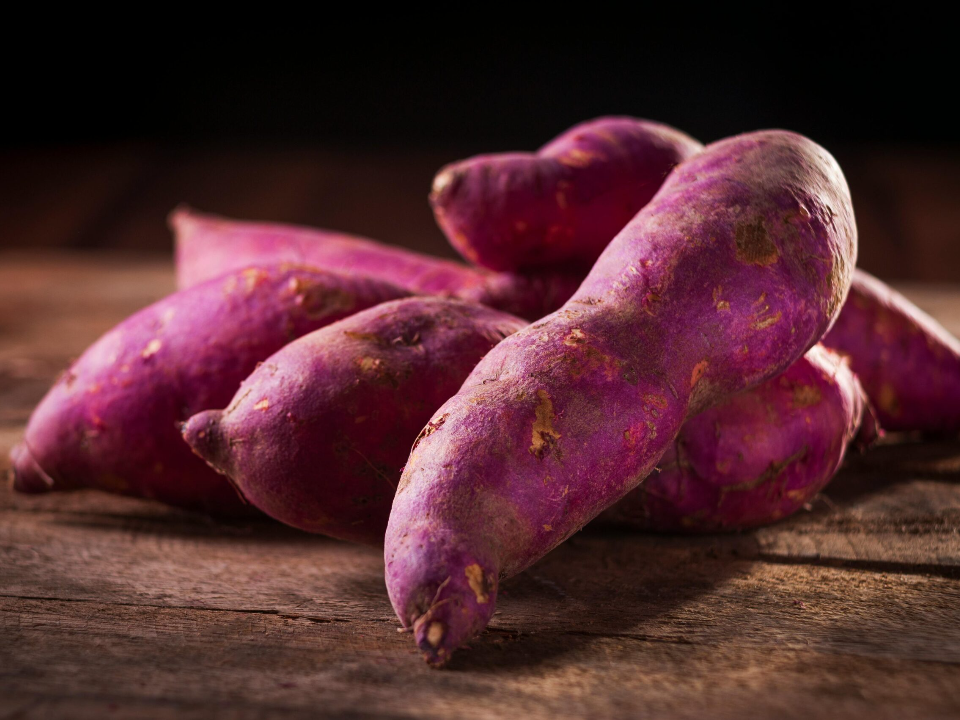
Sweet potatoes are a classic autumn root vegetable known for their rich flavor and versatility. They mature well in the cooler months and can thrive even after the first frost. These vegetables come in various varieties, each with its own taste profile, from creamy to earthy. When harvested in autumn, they have a tender texture and a naturally sweet taste, making them a perfect addition to many dishes, from casseroles to soups.
They are also highly nutritious, packed with fiber, vitamins, and minerals. The best part about sweet potatoes is their long shelf life when stored properly, allowing them to be enjoyed well into the winter months. Roasting them enhances their sweetness, while boiling them can turn them into a smooth mash. Whether in savory or sweet dishes, sweet potatoes provide a satisfying and healthy component to any fall meal.
Carrots
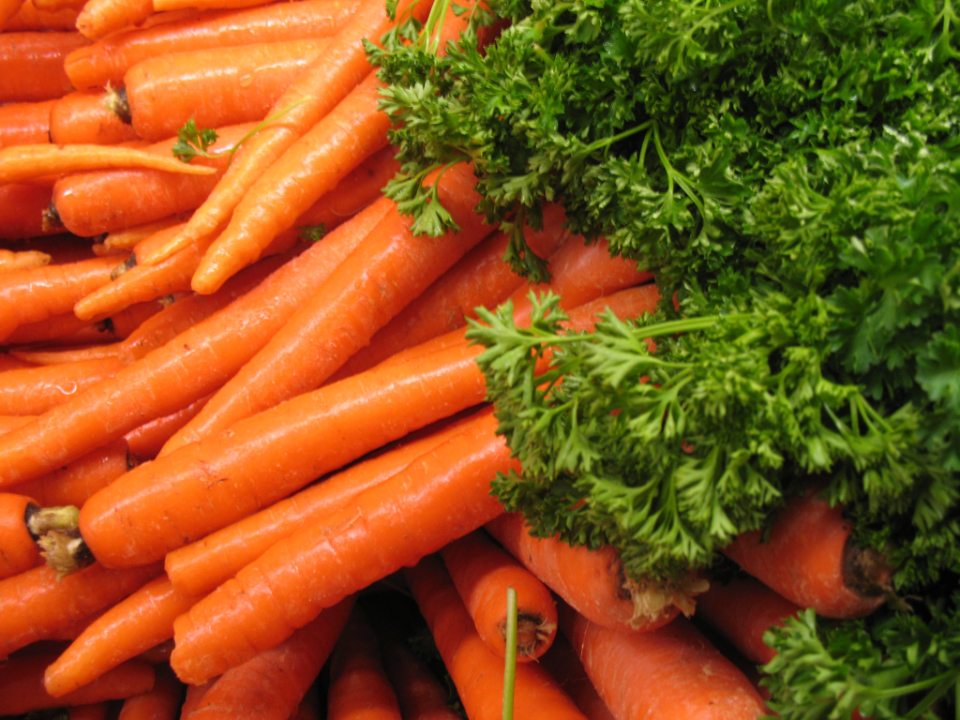
Carrots are one of the most popular root vegetables and are known for their vibrant orange color. They thrive in autumn’s cooler weather and develop their signature sweetness after growing through the fall. Carrots can be planted early in the season, and by autumn, they are perfect for harvesting. The cool temperatures of fall help bring out their natural sugars, making them sweeter than those harvested in warmer months.
These vegetables are easy to prepare and can be used in a variety of dishes, from salads to roasts. Carrots are also a great source of vitamin A, which supports eye health and boosts the immune system. They are versatile enough to be eaten raw, boiled, or roasted. Their crunchy texture and mildly sweet flavor make them a favorite among both kids and adults.
Beets
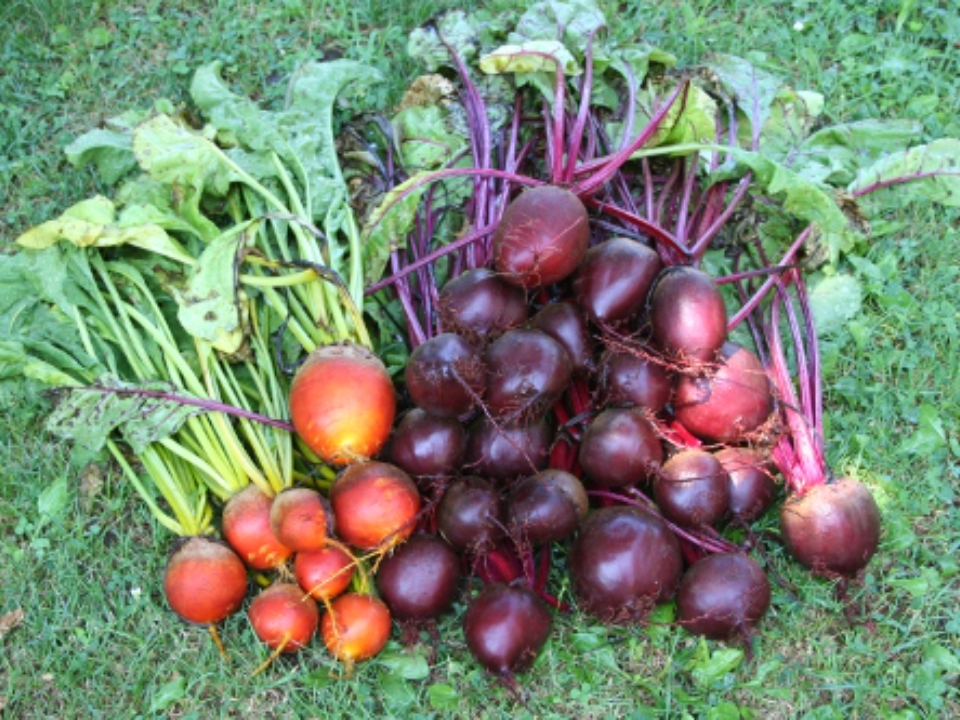
Beets are an autumn favorite, with a deep, earthy flavor that pairs well with a variety of other ingredients. They grow best in cooler conditions, making autumn the ideal time to harvest them. Beets have a rich color that can vary from dark red to golden, and they add a pop of color to any dish. Roasting beets brings out their natural sweetness and softens their texture, making them perfect for salads or as a side dish.
Beyond their great flavor, beets are packed with nutrients such as fiber, folate, and antioxidants. These qualities make them an excellent choice for promoting heart health and improving circulation. Beets can be enjoyed in many forms, from juices to roasted snacks, or even pickled for a tangy treat. They are also known for their health benefits, including boosting stamina and supporting liver function.
Parsnips
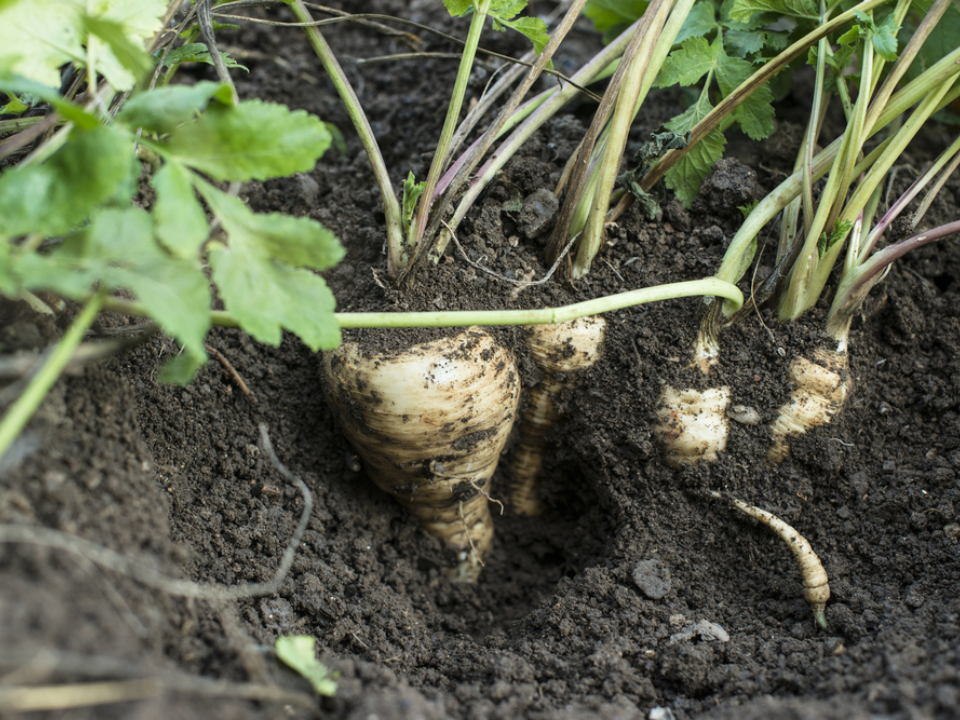
Parsnips are often overlooked but are a delicious and nutritious root vegetable. They have a flavor similar to carrots, though with a nuttier and more earthy taste. Parsnips thrive in the cool weather of autumn and can be harvested after the first frost, which enhances their sweetness. When roasted, they develop a rich, caramelized flavor that pairs well with savory herbs and spices.
Parsnips are an excellent source of vitamins, minerals, and fiber. They are particularly high in potassium and folate, which are essential for heart health and maintaining a healthy immune system. Parsnips can be mashed, roasted, or even pureed into soups. Their slightly sweet, nutty flavor adds depth to a variety of autumn dishes, making them a great addition to any seasonal menu.
Turnips
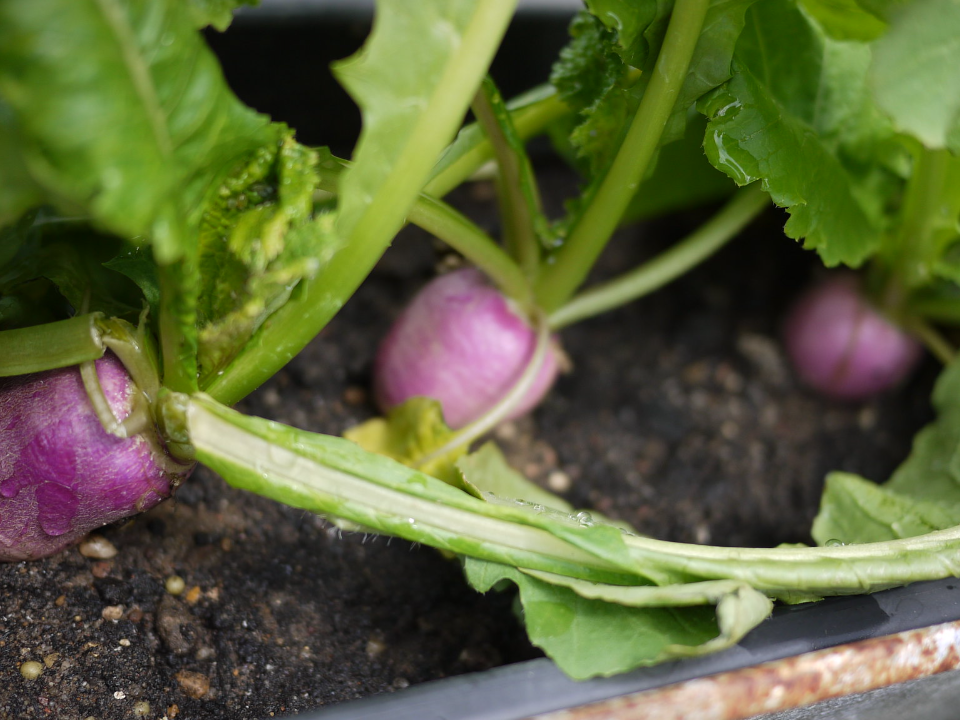
Turnips are a cool-weather vegetable that matures beautifully in autumn. They have a mild, peppery flavor that can be enhanced by roasting or mashing. Turnips come in both white and purple varieties, and they offer a slightly tangy taste that pairs well with hearty stews and soups. When grown in the autumn, turnips have a tender texture and a natural sweetness, especially after the first frost.
Turnips are also a healthy addition to your diet. They are low in calories but high in fiber and vitamin C. The greens of turnips are also edible and provide additional nutrients. Turnips can be roasted, boiled, or even grated raw into salads, making them a versatile and nutritious root vegetable for any fall dish.
Rutabagas
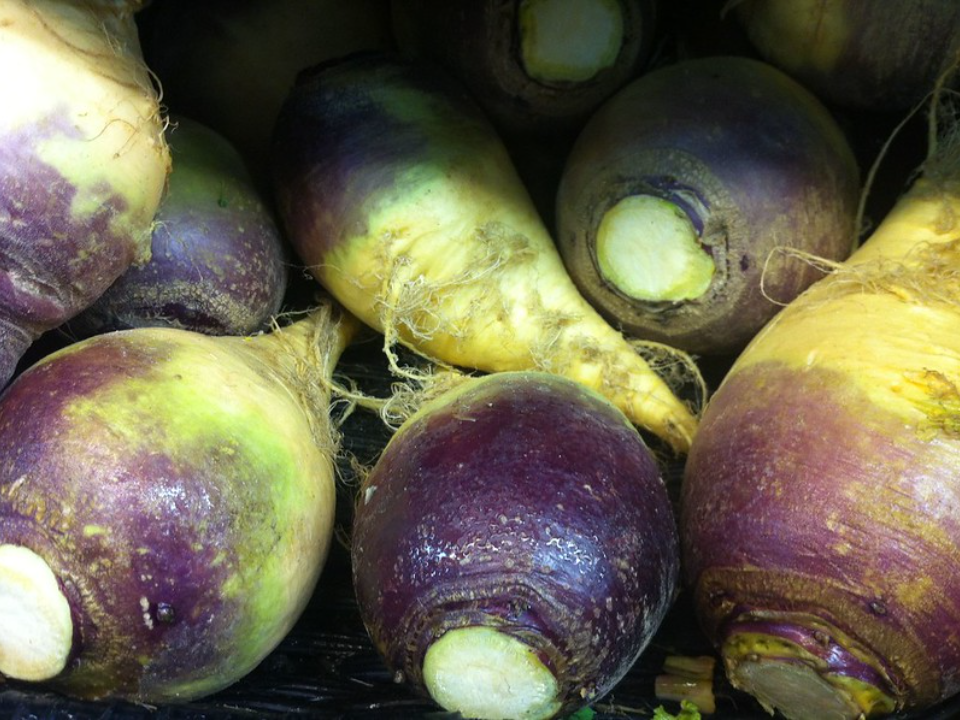
Rutabagas are larger and denser than turnips, with a flavor that is both earthy and slightly sweet. They are a hybrid of cabbage and turnips, making them a unique root vegetable to add to your autumn harvest. Rutabagas thrive in cooler weather and mature well in the fall. Their flavor improves after a frost, and they can be used in a variety of dishes, such as mashed rutabagas or roasted with other root vegetables.
Rich in fiber and vitamin C, rutabagas are a great addition to a healthy diet. They can be prepared similarly to potatoes, making them a perfect choice for mashed dishes or soups. Rutabagas also have a slightly firmer texture than turnips, which makes them great for longer cooking methods, such as roasting or simmering in a stew. Their earthy flavor can complement many autumn meals.
Potatoes
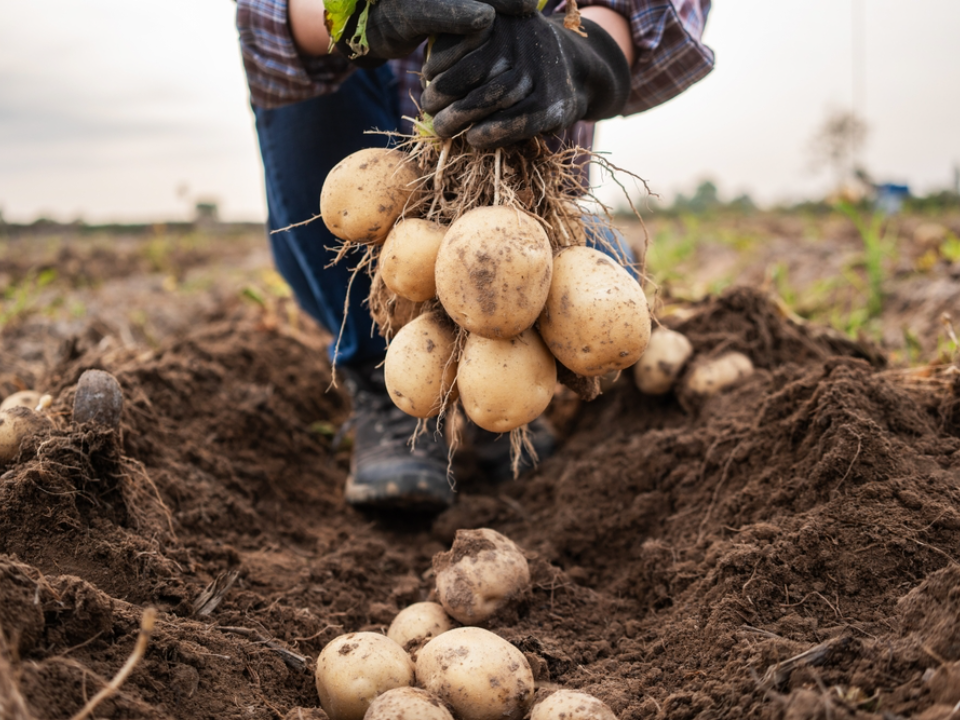
Potatoes are a staple of many fall meals, with countless varieties to choose from. These versatile vegetables grow well in the autumn and develop their rich, starchy texture. Potatoes can be harvested in the fall and are perfect for making mashed potatoes, baked potatoes, or even crispy fries. Their natural sweetness and hearty texture make them a satisfying side dish or the main ingredient in soups and casseroles.
Rich in carbohydrates and essential vitamins, potatoes are a great source of energy. They are high in potassium and provide a solid dose of fiber when eaten with the skin. Potatoes can be cooked in various ways, from roasting to frying, and they pair well with almost every type of fall dish. Whether served as a side or the star of the show, potatoes are a true autumn essential.
Celery Root (Celeriac)
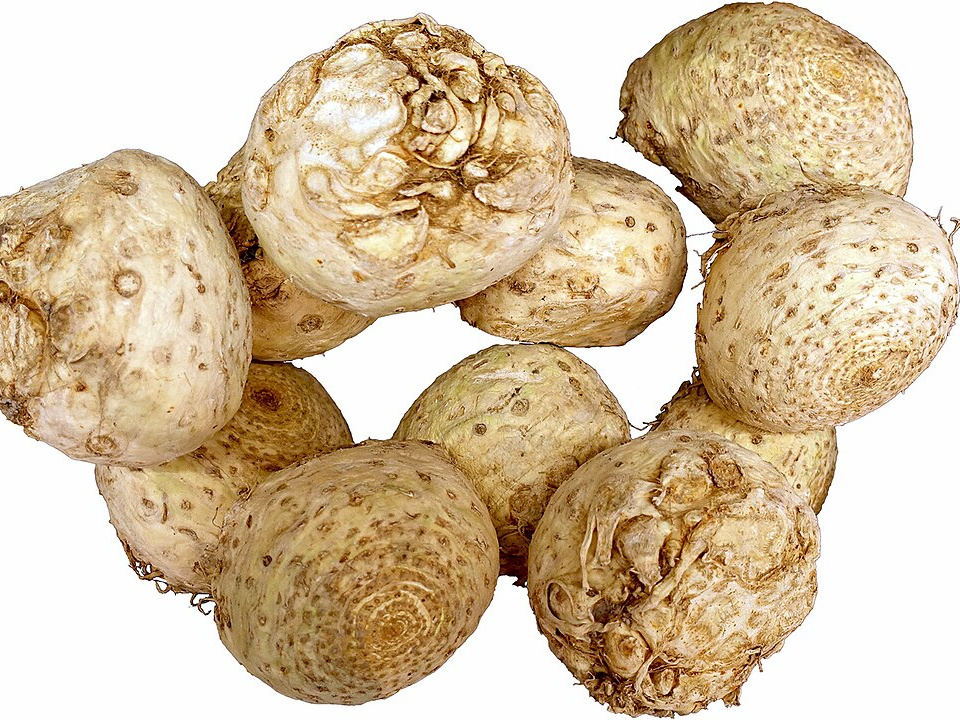
Celery root, also known as celeriac, is a unique root vegetable with a mild, celery-like flavor and a rough, knobby exterior. It matures in the cooler months and is perfect for harvesting in autumn. When peeled, celeriac reveals a pale, creamy flesh that is excellent for mashing or making soups. The flavor is subtle yet distinct, adding a refreshing and savory touch to fall dishes.
Celeriac is high in fiber and vitamin K, making it beneficial for bone health and digestion. It can be roasted, pureed, or added to stews and soups for a delicious and aromatic flavor. Celeriac can also be grated into salads or used in mashed root vegetable dishes, offering a unique texture and taste. This often overlooked vegetable is a great addition to your autumn recipe lineup.
Sunchokes (Jerusalem Artichokes)
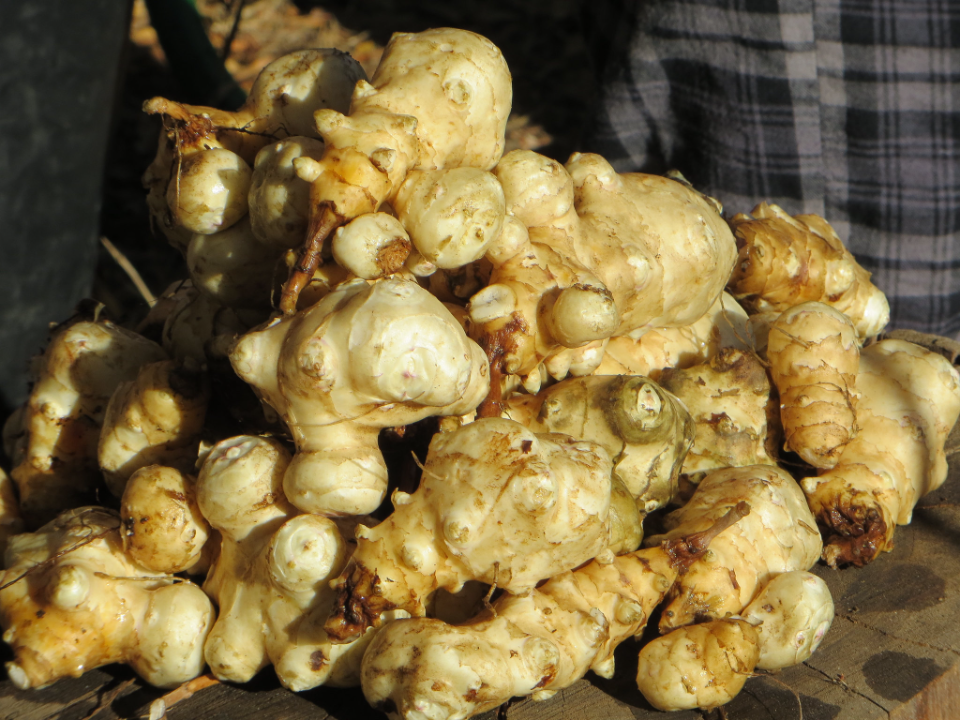
Sunchokes, also known as Jerusalem artichokes, are a type of sunflower with a tuberous root that grows well in autumn. They have a nutty, slightly sweet flavor and a crunchy texture that makes them perfect for roasting, sautéing, or adding to salads. When harvested in the fall, sunchokes are tender and offer a rich, earthy taste. They can be prepared in similar ways to potatoes but with a more distinct flavor.
Sunchokes are rich in inulin, a prebiotic fiber that promotes healthy digestion and gut health. They are also low in calories and provide a good source of iron and potassium. These tubers can be roasted with olive oil, tossed in soups, or even eaten raw in salads. Sunchokes offer a nutritious and flavorful alternative to more common root vegetables and are a great choice for autumn cooking.
Kohlrabi
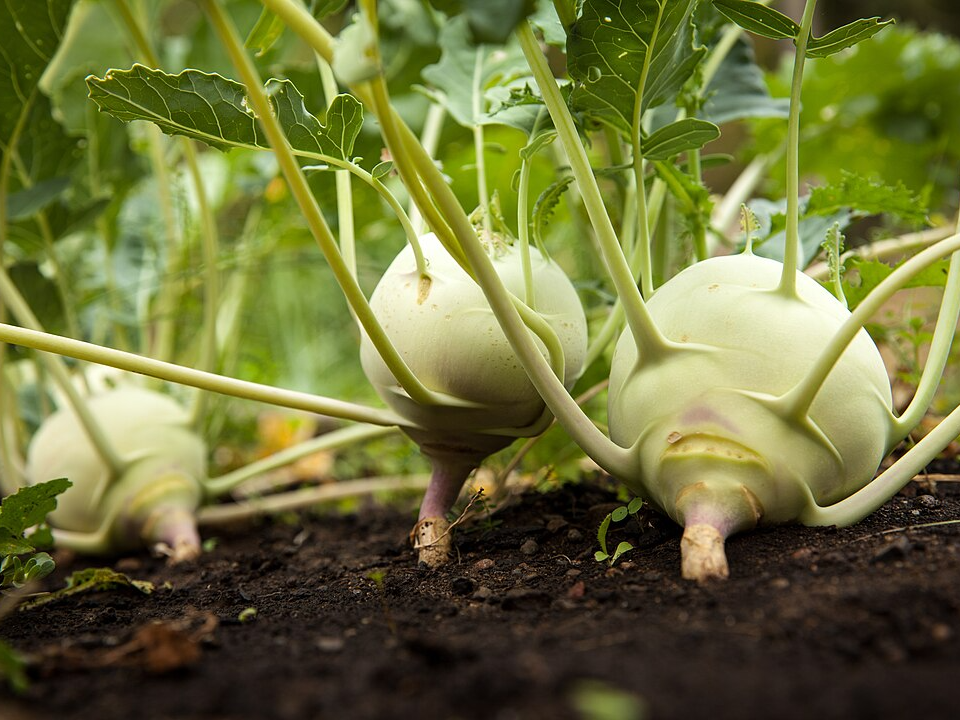
Kohlrabi is an unusual-looking root vegetable with a swollen stem that forms a bulbous shape above the soil. It matures well in the cool autumn weather, offering a crisp texture and a mild, slightly peppery flavor. While kohlrabi can be eaten raw in salads, it is also delicious when roasted or added to soups. The vegetable’s flavor intensifies when cooked, making it a great addition to any autumn meal.
Kohlrabi is packed with nutrients, including vitamin C, potassium, and fiber. It can be enjoyed in many ways, from being sliced raw in salads to being grated and mixed into coleslaw. When cooked, its mild flavor pairs well with other root vegetables or greens. Kohlrabi offers a refreshing and unique twist on fall vegetable dishes and is a great vegetable to try if you want to explore new flavors in your autumn meals.
Jerusalem Artichokes
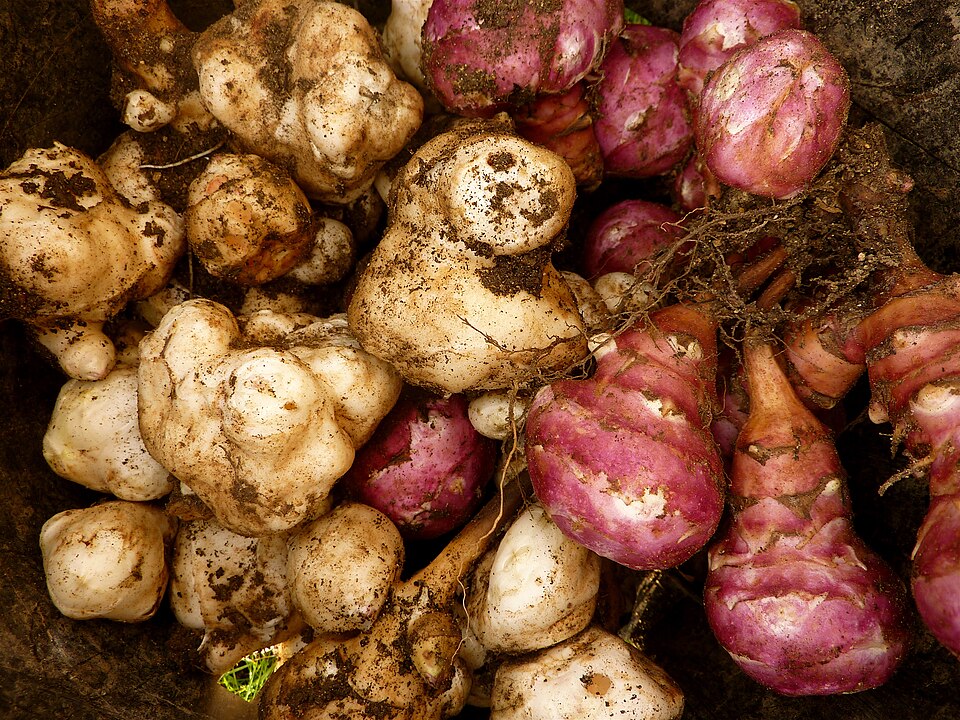
Jerusalem artichokes, also known as sunchokes, are tuberous roots with a nutty, sweet flavor. They thrive in the autumn months, and their texture softens when cooked, making them perfect for roasting or adding to soups. Jerusalem artichokes are similar in texture to potatoes but with a sweeter, more complex flavor. They are perfect for creating unique fall dishes or adding a twist to traditional root vegetable preparations.
These vegetables are rich in fiber and contain inulin, which aids digestion and helps maintain healthy blood sugar levels. Jerusalem artichokes are also a great source of potassium and iron. Whether roasted, pureed into soups, or sautéed, they provide a nutty depth to many autumn recipes. Their slightly sweet taste and versatility in cooking make them a hidden gem in fall harvests.
Daikon Radish
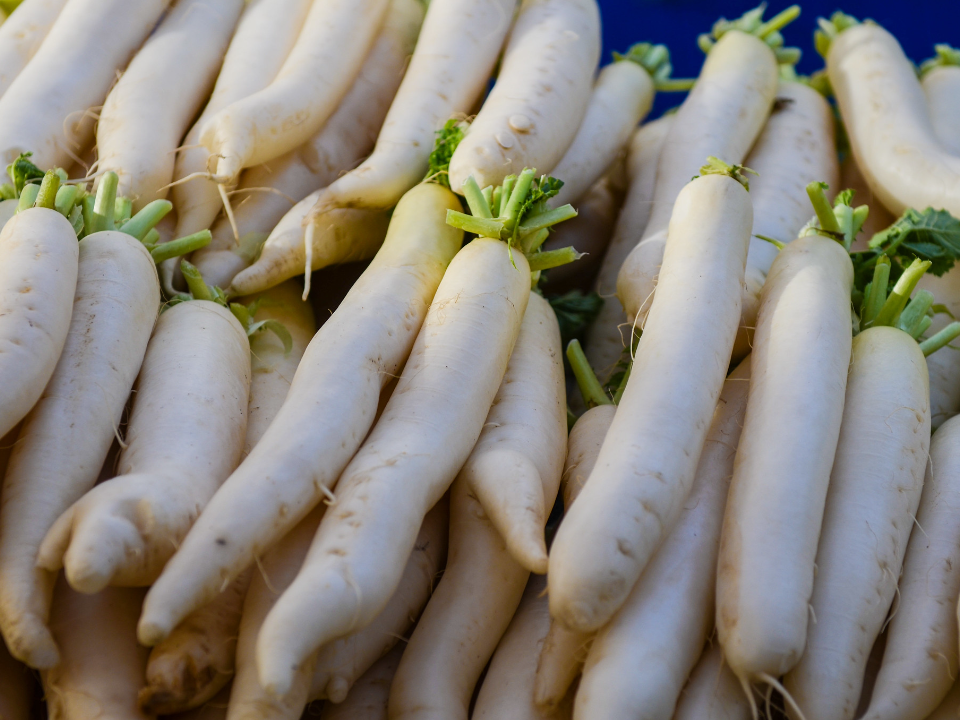
Daikon radishes are large, white root vegetables with a mild, slightly peppery flavor. They are commonly used in Asian cuisine and grow well during the cooler autumn months. When harvested in the fall, daikon radishes develop a crisp texture and a refreshing flavor. They are often used in salads, soups, or pickled for a tangy side dish.
Daikon radishes are low in calories and provide a good amount of vitamin C, which supports the immune system. Their crisp texture and mild spice make them a great addition to fresh salads, while their ability to absorb flavors makes them perfect for soups or stews. Daikon radishes are a nutritious and refreshing option for anyone looking to add variety to their autumn meals.
Jicama
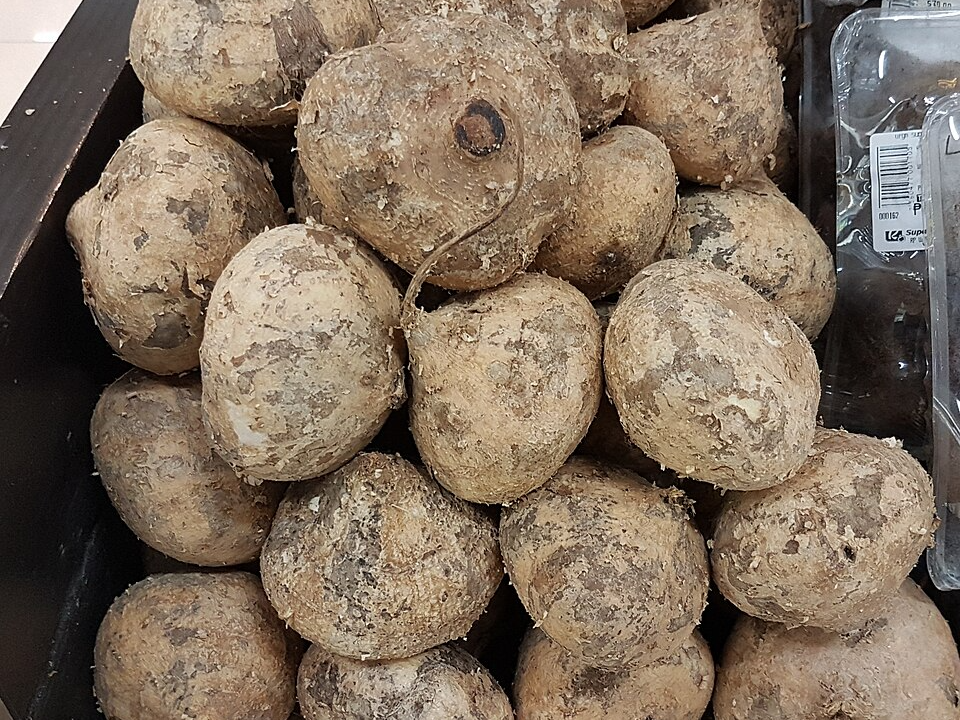
Jicama, also known as Mexican yam bean, is a crunchy root vegetable with a mild, slightly sweet flavor. It grows best in warm climates but matures well in the cooler temperatures of autumn. When harvested, jicama has a firm texture and a refreshing, juicy quality that makes it perfect for adding crunch to salads or slaws. It can also be roasted for a more savory flavor or eaten raw with a squeeze of lime.
Jicama is low in calories and high in fiber, making it a great option for those looking to support digestive health. It is also a good source of vitamin C, which helps boost the immune system. Whether eaten raw, roasted, or added to a vegetable mix, jicama brings a crisp texture and mild flavor to many fall dishes. Its versatility makes it a popular choice for a variety of autumn recipes.
Ginger
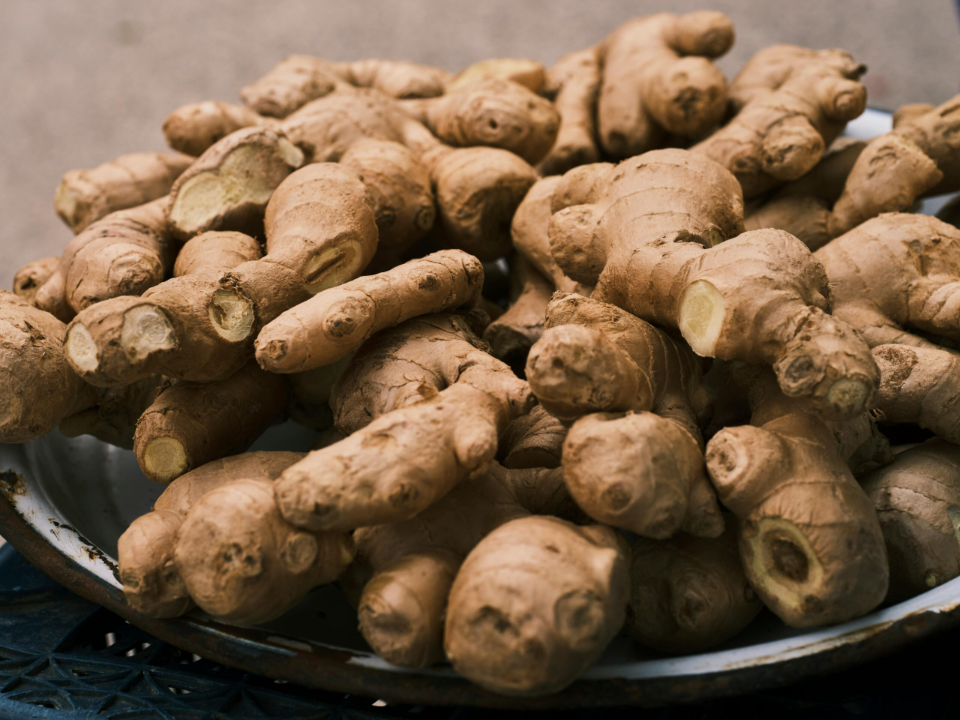
Ginger is a flavorful and aromatic root vegetable that thrives in the cooler months of autumn. It has a unique spicy-sweet flavor that enhances a variety of dishes, from soups and stews to teas and desserts. The roots mature slowly during the fall season, developing a robust taste and tender texture. Fresh ginger can be grated, sliced, or used whole to infuse its spicy aroma into dishes, adding a comforting warmth to autumn recipes.
Ginger is also known for its medicinal properties, particularly in aiding digestion and reducing inflammation. It is rich in antioxidants and has been used for centuries to treat a variety of ailments. The versatility of ginger allows it to be used in both sweet and savory dishes, making it a must-have root vegetable for your fall pantry. Whether used to season baked goods or as an ingredient in savory sauces, ginger brings a unique zing to any dish.
Black Radish
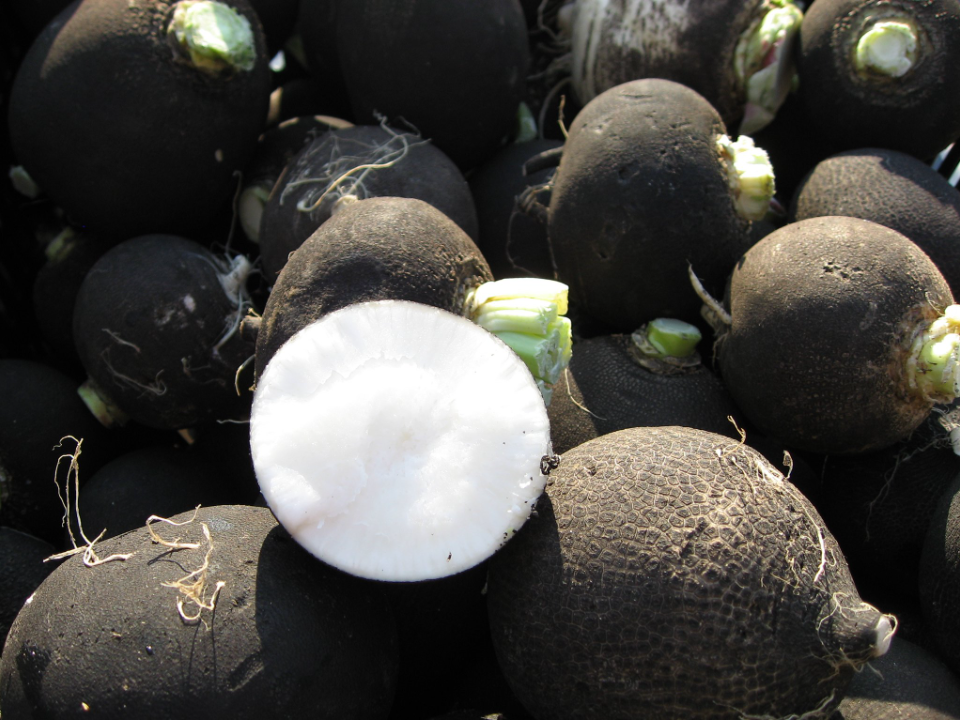
Black radishes are a bold and slightly spicy root vegetable that matures in the autumn months. Their dark, almost black skin contrasts with their white, crisp flesh, which has a sharp, peppery flavor. Black radishes thrive in the cooler weather and are known for their ability to withstand frost, which enhances their flavor. They can be eaten raw in salads, pickled for a tangy treat, or roasted to mellow their spice.
In addition to their unique flavor, black radishes are a great source of vitamin C and fiber. They are often used in folk medicine to support liver health and improve digestion. Their bold flavor makes them a perfect addition to autumn salads or as a spicy garnish for roasted dishes. Whether raw, pickled, or cooked, black radishes offer a unique and healthful addition to your fall menu.
This article originally appeared on Avocadu.
